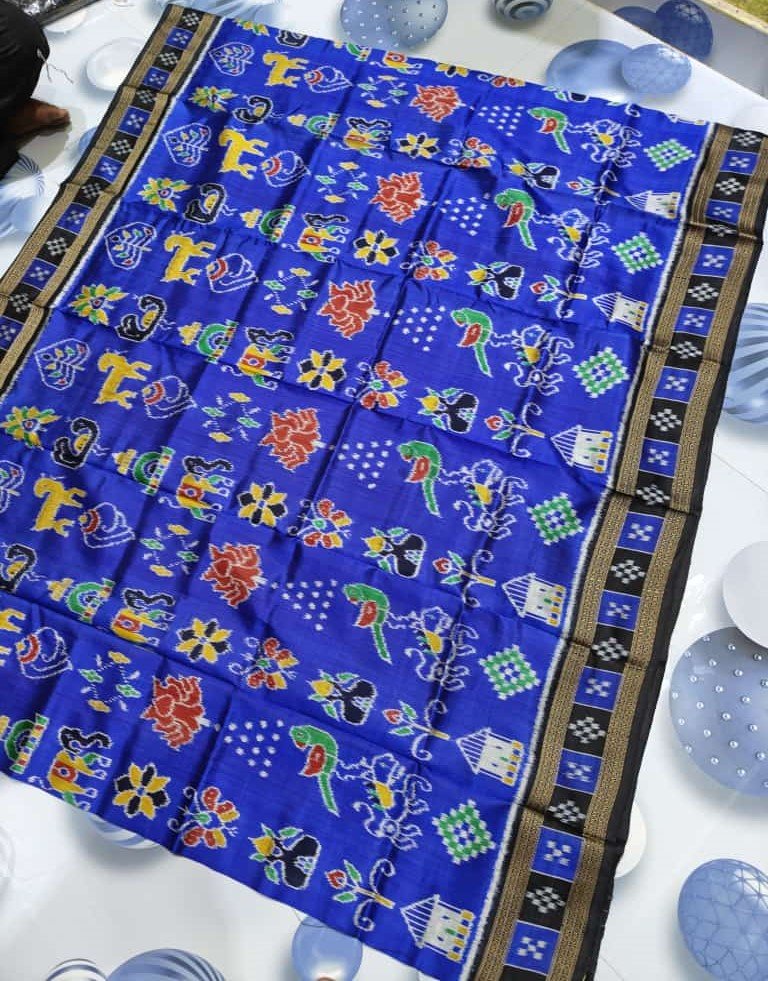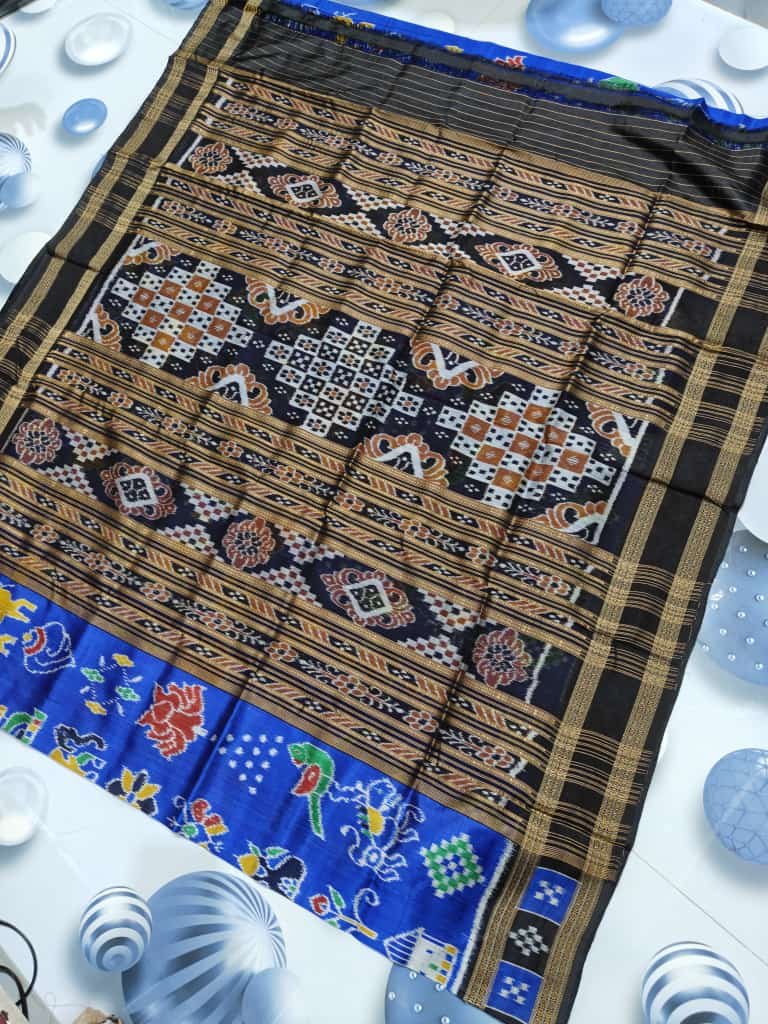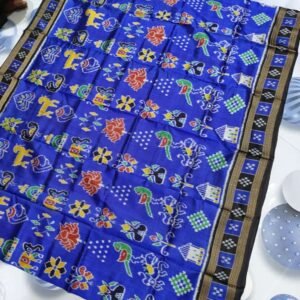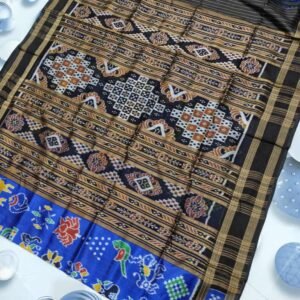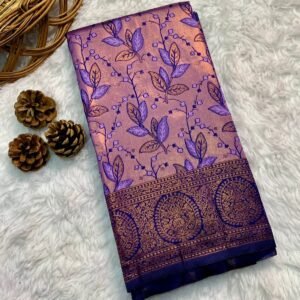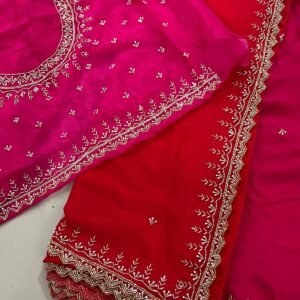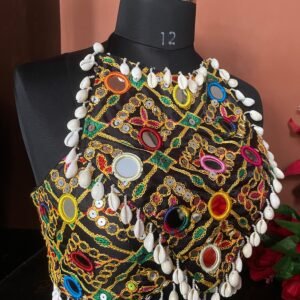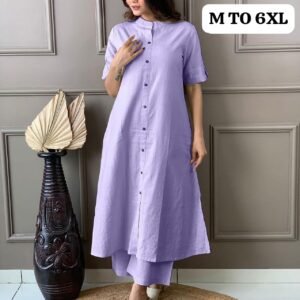History and Origin of Nabakothi Silk Sarees
Nabakothi silk sarees, a symbol of elegance and tradition, originate from the culturally rich state of Odisha in India. These sarees have a deep-rooted historical significance, reflecting centuries of heritage and craftsmanship. The origins of Nabakothi silk sarees can be traced back to the ancient weaving communities of Odisha, who have meticulously preserved the traditional techniques of silk weaving through generations.
The weaving of Nabakothi silk sarees is characterized by its intricate motifs, which often carry cultural and religious significance. These motifs are inspired by the rich mythology, nature, and temple architecture of the region. The term “Nabakothi” itself translates to “nine boxes,” referring to the unique design pattern of nine distinct motifs that adorn the saree. Each motif tells a story, symbolizing various elements of life, spirituality, and nature.
Regions such as Sambalpur, Boudh, and Sonepur in Odisha are particularly renowned for producing these exquisite sarees. The weavers of these regions have honed their skills over centuries, creating sarees that are not only visually stunning but also embody the cultural essence of Odisha. The traditional weaving techniques involve the use of handlooms, where each saree is crafted with precision and care, ensuring that every piece is a work of art.
Over time, Nabakothi silk sarees have evolved while preserving their traditional essence. Modern adaptations have seen these sarees being embraced by contemporary fashion, with designers experimenting with colors, patterns, and textures. Despite these innovations, the core elements of traditional weaving and cultural motifs remain intact, allowing these sarees to retain their timeless charm.
Anecdotes from weavers and historians highlight the dedication and passion that go into creating each Nabakothi silk saree. These narratives provide a rich contextual backdrop, showcasing the saree as more than just a garment but a piece of living history. The evolution of Nabakothi silk sarees reflects a blend of tradition and modernity, ensuring that they continue to be cherished by generations to come.
Nabakothi silk sarees are celebrated for their intricate designs, patterns, and craftsmanship, which make them an epitome of elegance and cultural heritage. The hallmark of these sarees is the distinctive ‘nabakothi’ pattern, characterized by motifs that symbolize the nine courtyards of a temple. This pattern is a tribute to the architectural splendor of Odisha, reflecting the state’s rich cultural and spiritual traditions.
The weaving process of Nabakothi silk sarees is an art form in itself. These sarees are usually made from pure mulberry silk, known for its luster and softness. The dyeing methods employed are traditional, utilizing natural dyes derived from plants, minerals, and other organic sources. Each saree is a labor-intensive masterpiece, often taking several weeks to complete. The skilled artisans meticulously weave the threads to create intricate motifs that include not only the ‘nabakothi’ patterns but also other elements like elephants, peacocks, and floral designs.
Contemporary designers are increasingly incorporating these traditional elements into modern fashion, creating a fusion that appeals to both traditionalists and the younger generation. By blending classic motifs with contemporary styles, they ensure that the cultural essence of Odisha is preserved while meeting the evolving tastes of today’s fashion-conscious consumers. The symbolic meanings behind the motifs, such as prosperity, fertility, and spiritual enlightenment, add an extra layer of significance to each saree, making it not just a piece of clothing but a storytelling canvas.
For potential buyers, identifying authentic Nabakothi silk sarees is crucial. Authentic sarees will feature the characteristic motifs and high-quality silk with a natural sheen. It’s advisable to purchase from reputable sources and inquire about the saree’s origin and the weaver’s details. Proper care is also essential to maintain the saree’s beauty and longevity. Gentle hand washing with mild detergents and storing them in a cool, dry place away from direct sunlight can help preserve their intricate designs and vibrant colors for years to come.

